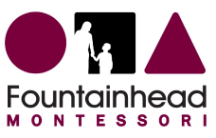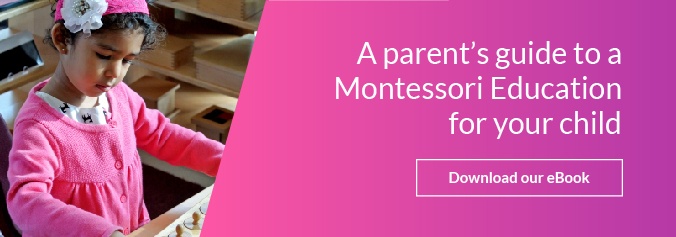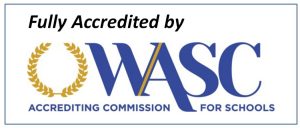With public schools coming under more scrutiny in the news, you may be considering sending your child to a private school. But knowing the differences in what kind of education your child will receive in a private school environment versus in a traditional public school is important. With public education being the country’s standard for decades, you are now deciding if that is the same standard that you want for your own child. By looking at some positives and negatives of both public and private schools, you will be able to make a more informed choice for your child’s education.
Pros for a private school education
- Class sizes are small. On average, the typical private school classroom has about twelve students in it. This allows the teacher to pay close attention to how each student is doing so every student receives the help they need.
- The curriculum can be altered to fit the students in the classroom.
- The flexibility that a private school is allowed can make the classrooms more fun and interactive.
- Different approaches can be implemented without the pressure of a standardized test looming at the end of the year.
- School administration answers to parents if there is a disagreement about anything from curriculum to classroom management.
Con of attending private school
The added cost of private school can be a big disadvantage for many families. U.S. private schools can cost about $10,000 every year per student. Some schools across the country can even be upwards of $40,000 a year. This can be quite burdensome on a family and may be a deciding factor that dissuades parents from choosing private school. Before concluding that the school is too expensive, talk with administration about scholarships or other financial aid options that could make the tuition more affordable for your family.
Public school pros
- Cost is rolled into taxes. While public school is not free, it is not a lump sum that a family has to pay all at once like with tuition. Also, you must still pay taxes regardless if you are also paying for private school tuition.
- For working parents, public schools can provide a place for their children to attend during school hours and often after hour care. Many disadvantaged students can also receive free lunches at public school.
- Bus systems and well established athletic departments are included in public school.
Public school cons
- Public school classrooms are often overcrowded and make it difficult for teachers to give all students enough attention so that they all succeed. Taking time to discipline students who do not see the value in their education can also eat into precious class time.
- Classrooms are geared toward the average student. If your child struggles with a subject or even if your child is well above average in a class, the teaching and workload are directed toward what an average student needs. Because of standardized tests and overcrowded classrooms, teachers have to give instruction that fits the biggest group of children. If your child is outside of this group, they may not be getting what they need in the classroom.
Deciding where your child attends school is a big decision and one that should be well researched. The cost of private school comes with huge academic and developmental advantages that could greatly impact your child’s future. If you would like to see a private school classroom in action, contact Fountainhead Montessori School in the Bay Area, CA to set up an observation of how the classroom operates and what benefits your child could receive from a private school education.












Let us know what you think about this post
Put your Comment Below: